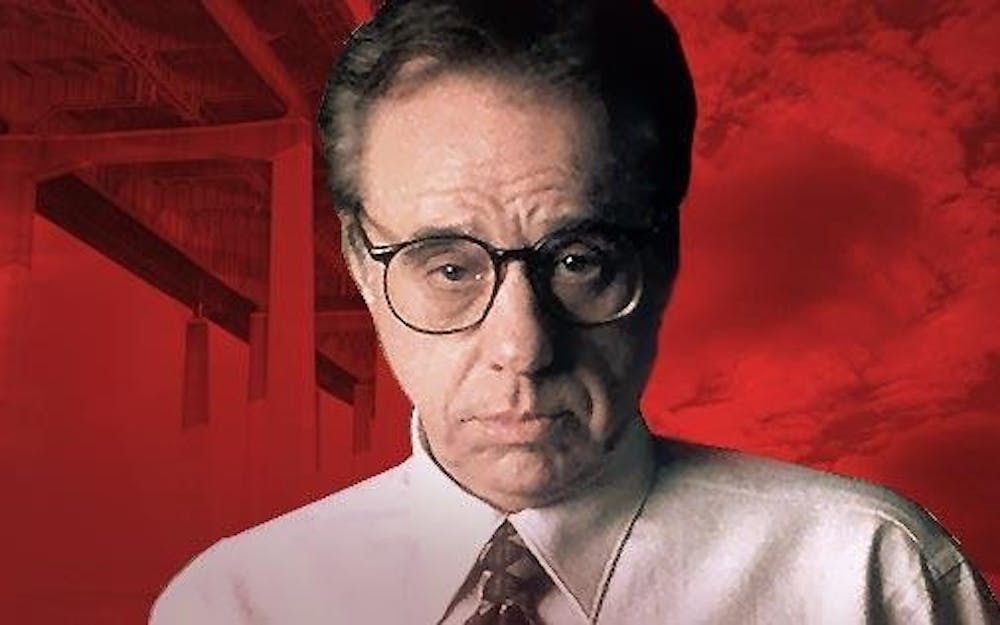Director, writer, actor and renowned film historian Peter Bogdanovich appeared at the Radio TV Building on Saturday to participate in a discussion in the continuing celebration of the Lilly Library’s 50th Anniversary.
The Lilly Library holds a collection of Bogdanovich’s films and invited him on the basis that he has an extensive background with directors Orson Welles and John Ford, of whose work the Lilly Library also has collections.
Communications & Culture Emeritus Professor James Naremore led the discussion entitled “A Conversation with Peter Bogdanovich.”
Naremore said that Bogdanovich is, “one of the most underrated American directors in cinema,” and commented on the irony of interviewing one of history’s greatest film interviewers.
Bogdanovich is the Academy Award nominated director of “The Last Picture Show” and “Paper Moon,” amongst other titles. He was also employed as a critic for Esquire magazine, wrote the book "This is Orson Welles" and acted in several episodes of “The Sopranos.”
His interview took on a fairly informal tone as he reflected on his life’s work, told stories about his acquaintances with actors and directors and answered questions to a standing-room-only audience in RTV 251.
He explained how black and white cinematography, although far out of use today, is an asset for actors and specifically period pieces. In his film “What’s Up, Doc?” he described how it is necessary to maintain a quick pace in comedy while also playing the scene real. And to his actors, he often denied them the opportunity to rehearse emotional moments in front of him, believing that the first take is always the most breathless. He claims this is the case with Cloris Leachman’s climactic moment in “The Last Picture Show.”
Bogdanovich also responded to what he thinks is a dwindling state of the movie industry today. He says the studio system fell apart in the late 60’s, and since the time of “Jaws” and “Star Wars,” all studios only make blockbusters, franchises and sequels.
“What were once B-Pictures are now the A-Pictures,” Bogdanovich said. “A-Pictures are now all made independently. You couldn’t make “The Last Picture Show” today.”
But the highlights of his interview came from his amusing anecdotes about Welles, Renoir, Audrey Hepburn and Alfred Hitchcock, all of which were punctuated with his spot-on impersonations of the stars.
Renoir, who Bogdanovich calls “a wonderful human being,” made a joke at Bogdanovich’s dinner party that President Nixon was dubbed.
The audience also learned from Bogdanovich that Hitchcock has a famous drunken story about a bloodbath that he tells whenever he’s in an elevator with strangers.
As for Orson Welles, Welles lived with Bogdanovich for several years late in his life, and in his time there, he started a fire with a lit cigar that he forgot he had left in his bathrobe.
Bogdanovich closed the afternoon with yet another story, this one from James Stewart on what makes the movies so magical.
In his best Stewart voice, Bogdanovich said, “If you’re good, God helps you, and you’re lucky enough to get a personality across on screen, you’re giving people a piece of time that they will remember forever.”
Peter Bogdanovich Discussion

Get stories like this in your inbox
Subscribe





